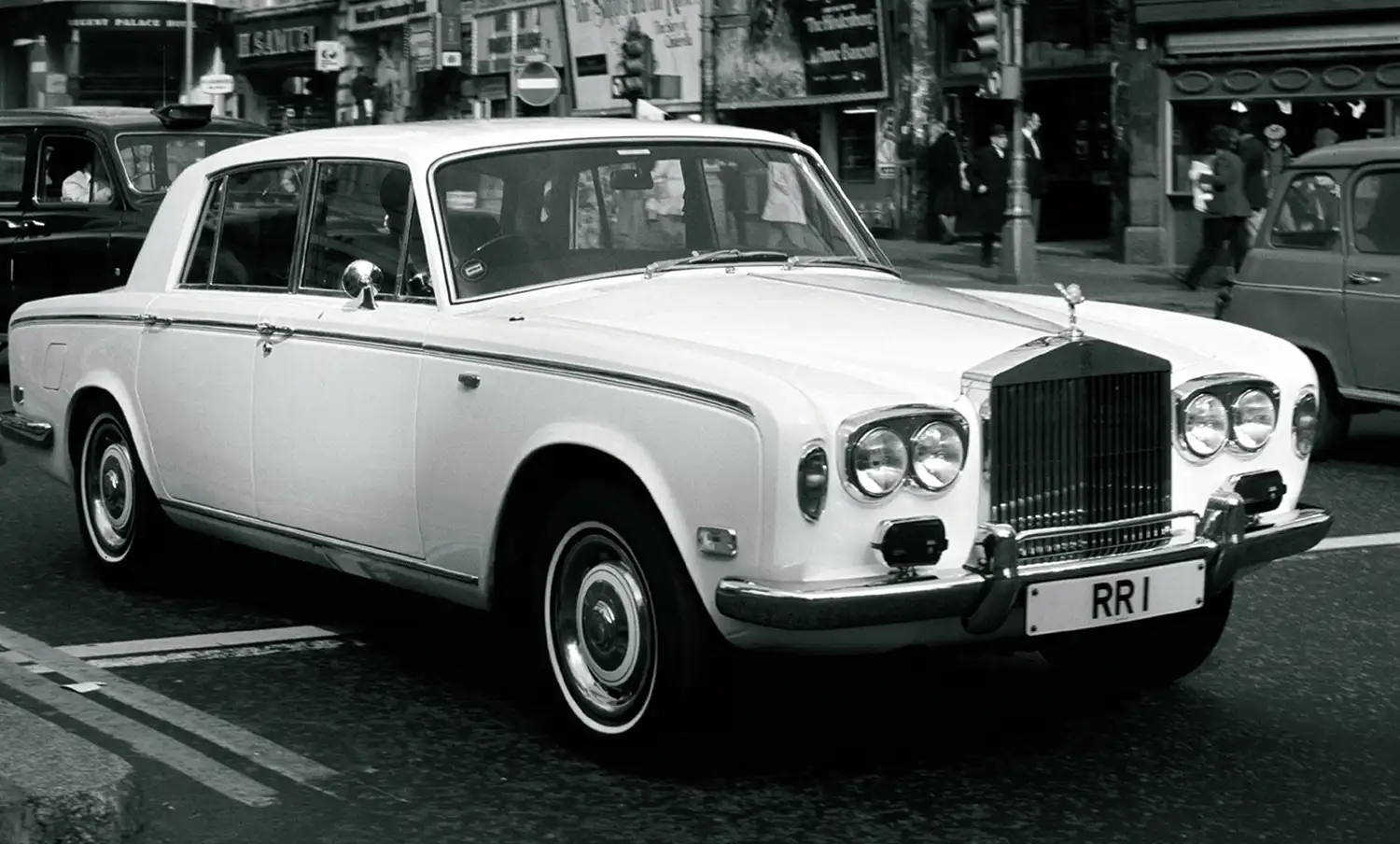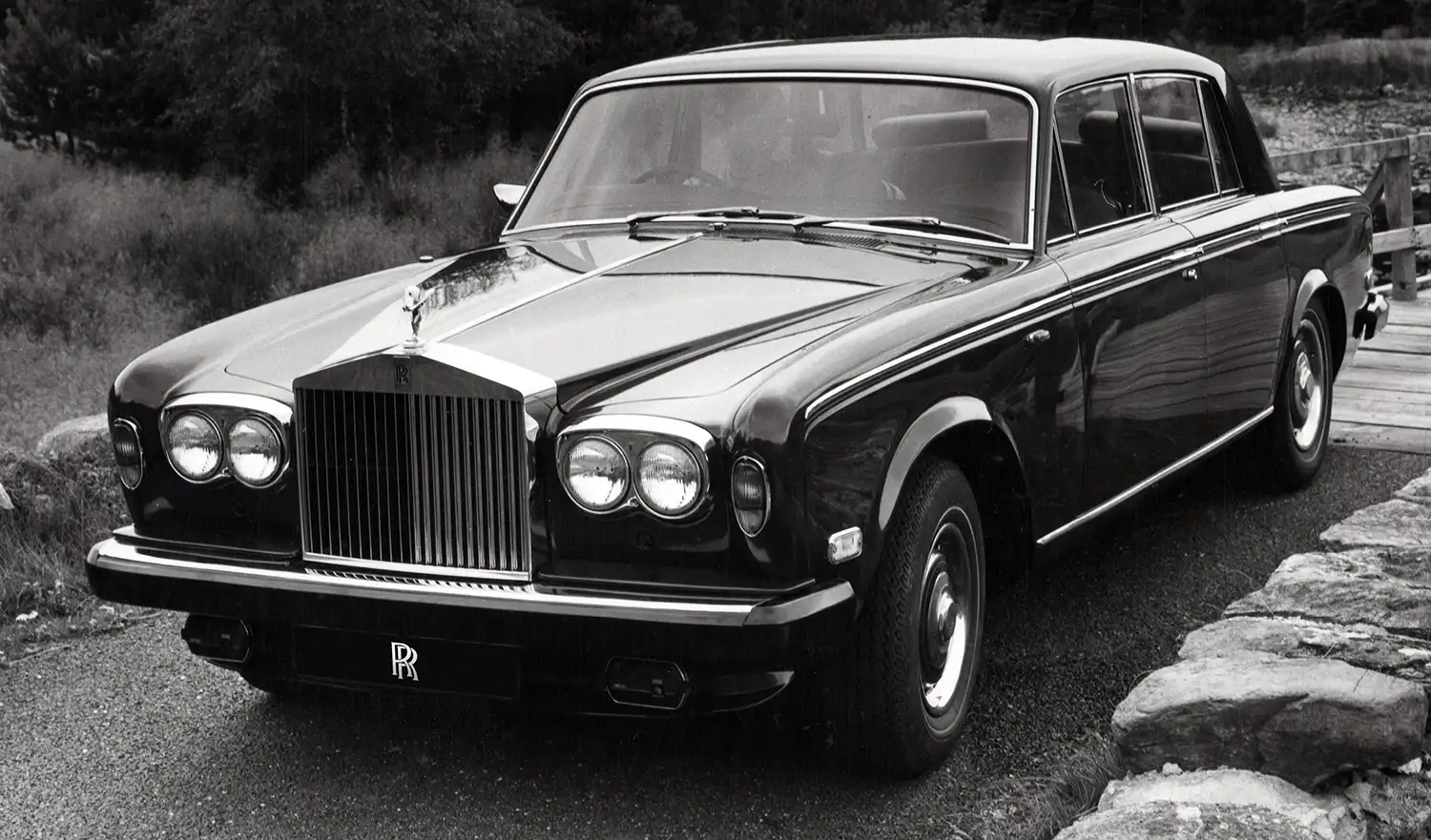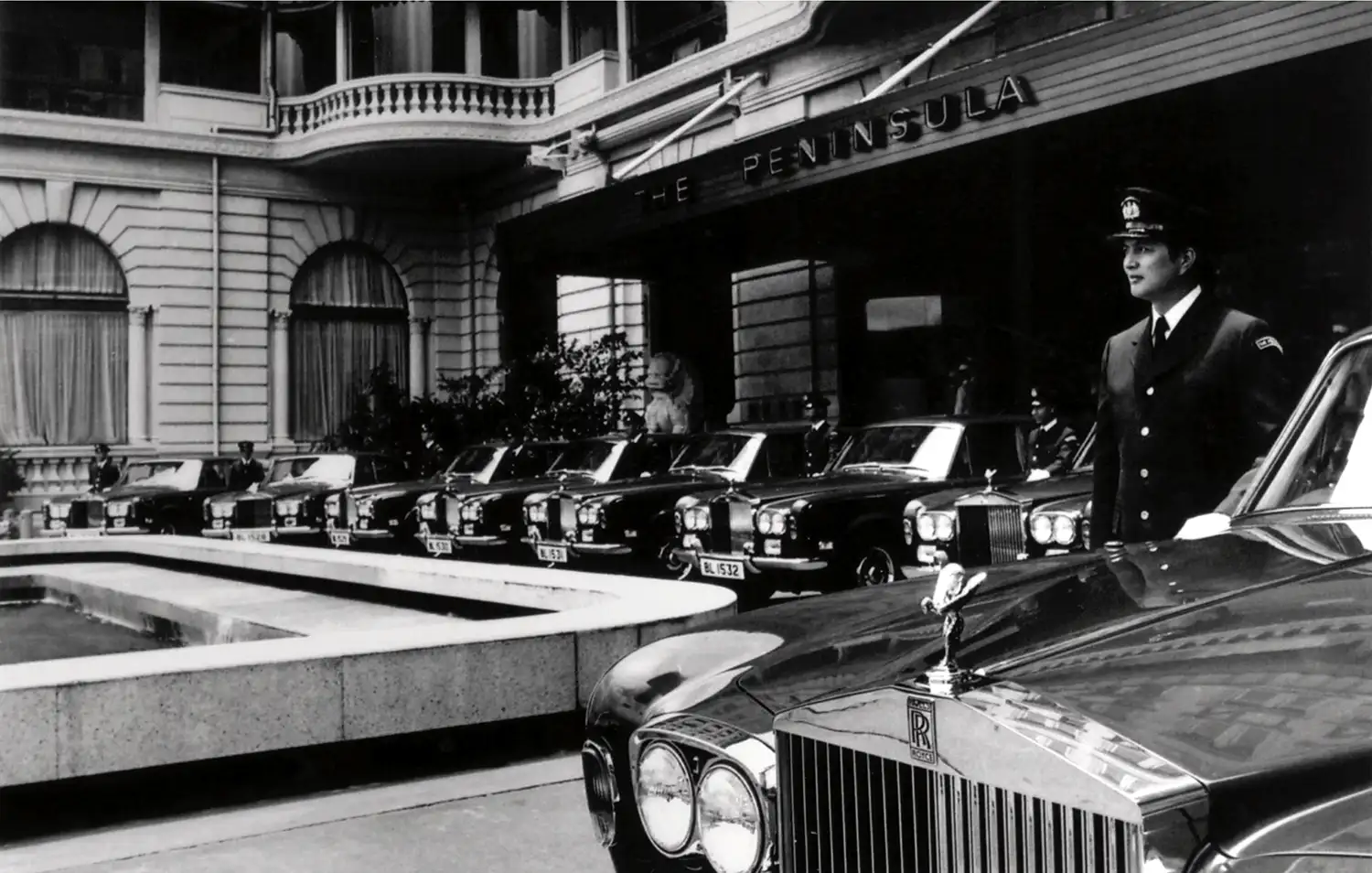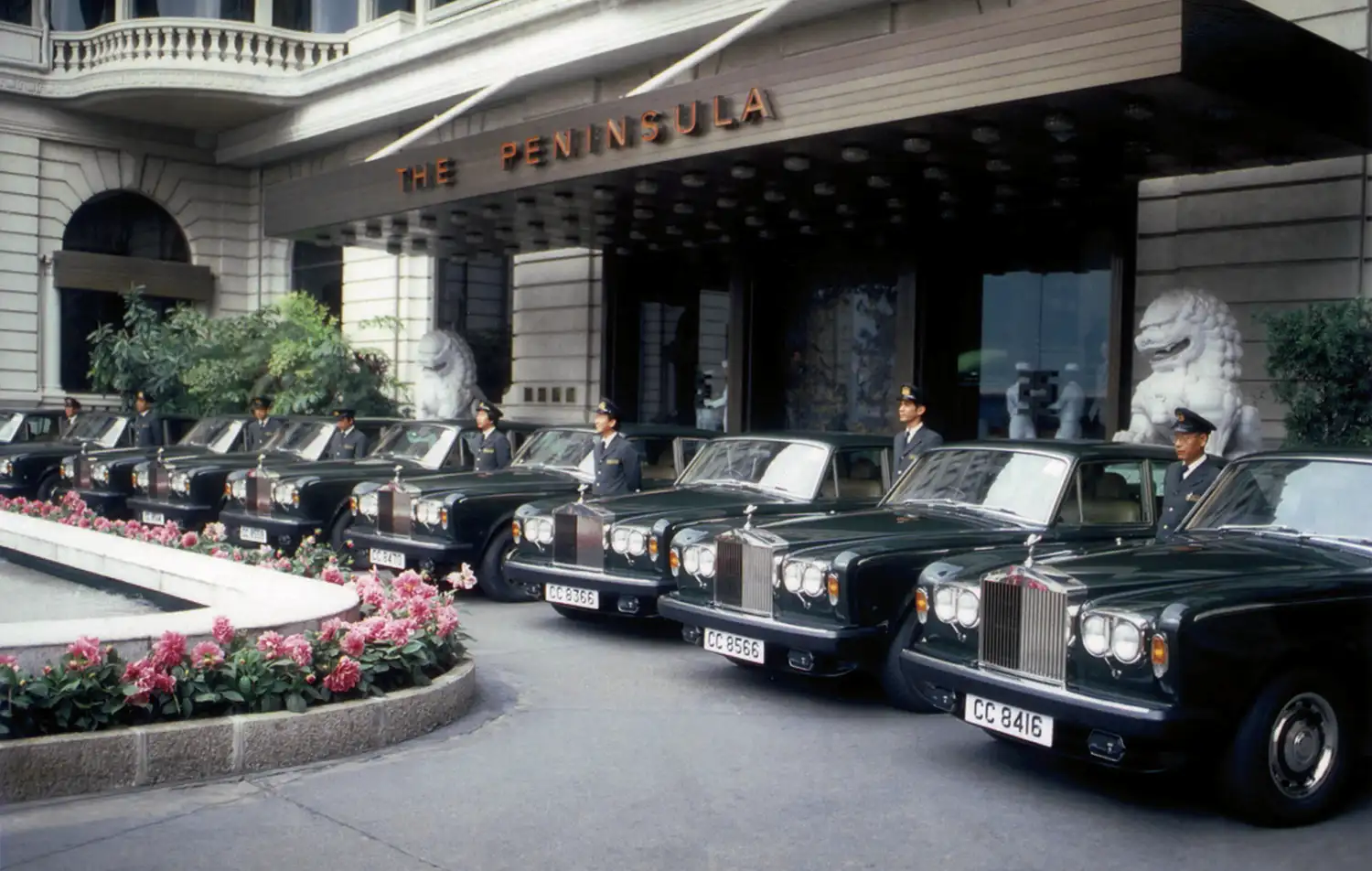
As the seventh installment of the ‘Models of the Marque’ series, the Rolls-Royce Silver Shadow stands as a pivotal chapter in the marque’s history. Launched in 1965, this model marked a groundbreaking transition from traditional coachbuilding to modern monocoque construction, making it the first Rolls-Royce to be offered as a complete motor car. This shift not only set the stage for future Rolls-Royce models but also solidified the Silver Shadow’s place as a symbol of luxury, technical innovation, and enduring style.
A Leap into the Future: The Birth of the Silver Shadow
In the late 1950s, Rolls-Royce engineers foresaw the need for a more compact luxury car that didn’t compromise on interior space—a challenge that traditional rolling chassis and coachbuilt bodywork couldn’t meet. Thus, the development of the Silver Shadow began. The solution? Monocoque construction, a design where the body and frame are integrated into one structure, offering enhanced rigidity, safety, and comfort.
Debuting in 1965, the Silver Shadow boasted a three-box design with a more compact footprint than its predecessor, the Silver Cloud. Despite its smaller size, the Silver Shadow provided even greater interior space, improved luggage capacity, and a larger fuel tank, thanks to its innovative engineering.

Engineering Excellence: A Class Apart
At the time of its release, the Silver Shadow was the most technologically advanced motor car in the world. It introduced several firsts for Rolls-Royce, including:
- Four-wheel disc brakes for enhanced stopping power
- Hydraulically operated, self-levelling rear suspension for superior ride quality
- Higher torsional rigidity due to the monocoque body design, improving handling and comfort
- Electrically operated gear change and front-seat adjustment, a hallmark of luxury and convenience
Chief styling engineer John Blatchley, who had worked with Rolls-Royce since 1940, was tasked with creating a design that would not only remain relevant for a decade but also become an icon. His work resulted in a timeless silhouette, combined with technical prowess, that resonated with Rolls-Royce enthusiasts worldwide.
A Car for All Seasons—and Generations
The Silver Shadow wasn’t just about cutting-edge technology; it was designed for luxury in every sense. Belgian author and Le Mans winner Paul Frère described the remarkable experience of driving a Silver Shadow, recounting a 700-mile journey from Brussels to Monaco, during which he arrived “fresh, relaxed, and not the least bit tired.” This encapsulates the Silver Shadow’s extraordinary ability to provide supreme comfort, even over long distances.

In 1969, Rolls-Royce introduced the long-wheelbase version of the Silver Shadow, further enhancing rear passenger comfort. In 1977, the model evolved into the Silver Shadow II, offering improved suspension, rack-and-pinion steering, and a more efficient exhaust system, catering to drivers who sought a more dynamic experience.
The Legacy Lives On
The Silver Shadow’s design proved so enduring that it underpinned Rolls-Royce models, including the Corniche, until the late 1990s—far exceeding its anticipated 10-year lifespan. In total, around 37,000 Silver Shadows and Corniches were produced, making it the most successful design in Rolls-Royce history until the modern Goodwood era.
Even today, nearly 60 years later, Silver Shadows continue to grace the streets of iconic locations like Rodeo Drive, Champs-Élysées, and Sheikh Zayed Road, maintaining their presence as symbols of luxury and style in the world’s most prestigious cities.
Key Specifications: Rolls-Royce Silver Shadow (1965)
- Engine: 6.2-liter V8 (later upgraded to 6.75 liters)
- Transmission: 4-speed Hydramatic (later 3-speed GM400)
- Suspension: Self-leveling, independent rear suspension
- Brakes: Four-wheel disc brakes
- Construction: Monocoque body
- Production Years: 1965–1980
Source: Rolls-Royce
This article was crafted with assistance from Chatgpt
